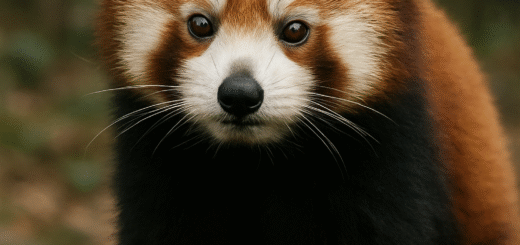What Is Animal Enrichment and Why Does It Matter?
Animal enrichment is a critical concept in the care and management of animals, particularly in zoos, sanctuaries, shelters, and even in our own homes. At its core, enrichment involves enhancing the living environment of animals to stimulate their natural behaviors, improve their mental health, and promote overall well-being.
Understanding Animal Enrichment
Animal enrichment refers to the process of providing animals with activities, objects, or environments that encourage natural behaviors. These behaviors can include foraging, hunting, climbing, social interaction, problem-solving, and exploration. The goal is to keep animals physically active and mentally engaged.
There are several types of enrichment:
- Environmental enrichment: Modifying the animal’s surroundings with varied structures, scents, or hiding places.
- Nutritional enrichment: Introducing novel ways to access food, such as puzzle feeders or hidden treats.
- Cognitive enrichment: Stimulating an animal’s brain through problem-solving tasks or training sessions.
- Social enrichment: Providing interaction with other animals or humans.
- Sensory enrichment: Engaging senses through sounds, smells, or tactile elements.
Why Is Animal Enrichment Important?
1. Promotes Natural Behavior
In captivity, animals often lack the need to perform natural behaviors like hunting or building nests. Enrichment encourages these instincts, which are essential to their identity and health.
2. Reduces Stress and Boredom
Without stimulation, animals can become bored, anxious, or depressed. This often leads to pacing, self-harm, or aggression. Enrichment reduces these behaviors by keeping animals mentally engaged.
3. Improves Physical Health
Many enrichment activities involve movement—climbing, digging, running, or manipulating objects. These actions support physical fitness, which is especially important for animals in enclosures.
4. Supports Animal Welfare Standards
Modern zoos and sanctuaries are expected to meet high welfare standards. Enrichment programs demonstrate a commitment to ethical animal care, which influences public trust and accreditation.
5. Enhances Learning and Training
For domesticated or trained animals, enrichment can double as a learning tool. It improves focus and strengthens the bond between animals and their caretakers.
Real-Life Examples of Enrichment
- Lions in Zoos: Frozen blood-scented ice blocks stimulate a lion’s sense of smell and mimic the act of hunting
. - Parrots in Homes: Toys that hide food encourage foraging and mental problem-solving.
- Octopuses in Aquariums: Complex puzzles challenge their advanced cognitive abilities and provide mental stimulation.

Enrichment Isn’t Just for Zoos
Pet owners can—and should—use enrichment techniques at home. Dogs benefit from scent games and interactive toys. Cats enjoy vertical spaces and hunting simulations. Small animals like rabbits or hamsters thrive with tunnels, chew toys, and varied textures in their habitats.
Final Thoughts
Animal enrichment is not a luxury—it is a necessity. Whether in a professional facility or a family home, providing mental and physical stimulation is key to an animal’s quality of life. By prioritizing enrichment, we show respect for the animals in our care and contribute to their overall happiness and health.








